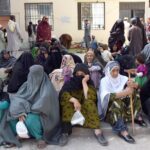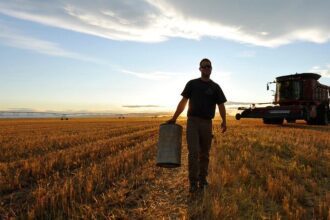Pakistan’s honey industry is under severe stress as climate change and pollution drastically impact bee populations and flower cycles. Once producing 22 honey varieties, Pakistan now manages only 11, with shortened flowering seasons and erratic weather forcing beekeepers to travel over 500 km in search of blooms, clean air, and bearable temperatures.
Beekeepers traditionally moved with the seasons—summers in Khyber Pakhtunkhwa, winters in Punjab—but rising smog, extreme weather, and droughts have made conditions unpredictable. This winter’s record smog was declared a national disaster, further complicating bee foraging.
Pakistan’s 27,000 beekeepers once relied on rich, rain-fed flora, but honey production has fallen 15% since 2022. Globally, bees face threats from climate shifts, pesticides, and land-use changes—endangering not only honey but crop pollination and food security.
Three of Pakistan’s four native bee species are now endangered. Frequent relocation is costly amid rising fuel prices, and beekeepers often face resistance from landowners.
Some relief comes from innovative hive designs. Inspired by countries like Turkiye and Australia, Abdullah Chaudry developed ventilated hives that boost honey output by 10%, helping bees survive the heat—though not solve the larger ecological crisis.














